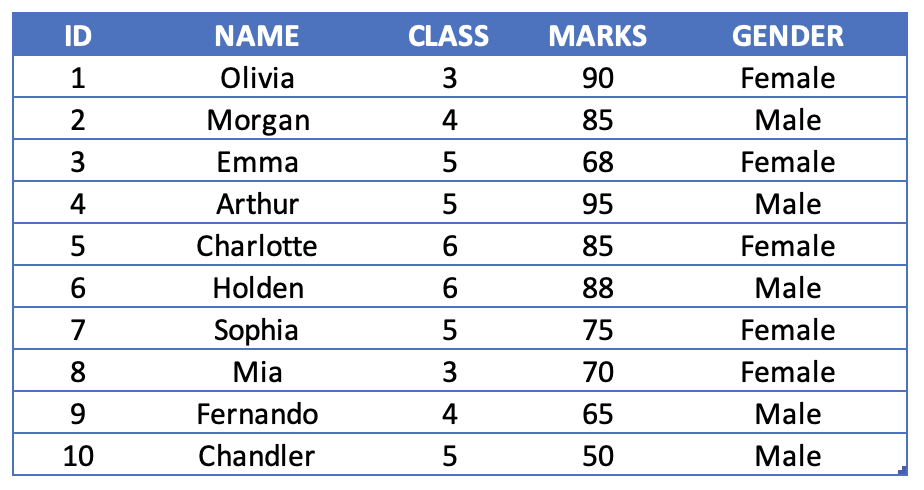Quantitative and Qualitative Variables in Statistics
A variable in statistics could be a name, number, quantity or a characteristic. Height, eye colour, goals, weight, sex, or type are all variables. The values of these variables change and therefore the name. A child’s height can vary between the ages of 5 to 12 and different children in the same age group can be of different heights. This is an instance of a variable.
Variables can be distinguished into quantitative and qualitative variables.
Quantitative or numeric variables are measurable. They can be counted or quantified. Some examples are:
-
Height of a child
-
Number of marks obtained in a test
-
Price of tickets on various bus routes
-
Age of a respondent
-
Number of hours worked
Qualitative variables are not measurable and cannot be counted or quantified. Some examples are:
-
Which country were you born in?
-
What is the color of your hair?
-
Do you work from home or at the office?
-
Which industry do you work in?
-
Was the exam easy or hard?
Qualitative variables help us better understand the story behind the measurables. They answer questions about qualitative preferences.

Take a look at this table. Observe the data labels. In this table, ID, name, class and gender are all qualitative variables. The number of marks obtained is quantitative data.
It is important to categorize variables into quantitative and qualitative variables. Both these variables are important while collecting data from a population.
Quantitative variables can further be segregated into discrete and continuous variables. Discrete variables have finite options while continuous variables have infinite options. The number of children in a class is an example of a discrete variable while the height of the children in the class could be a continuous variable. The children’s height may be approximated to the closest whole number, when in fact they could be 4 ft, 4 ft 1 inch, 4 ft 3 inches and so on.
Qualitative variables are segregated into nominal and ordinal variables.
Nominal variables do not have an ordering but allow for category assigning. Color of your hair or eyes is an example where no ordering is possible. Each response is distinct from the other. Ordinal variables on the other hand have an order of categorisation. Is the weather in Bangalore poor, good or great? In this question the responses can be categorized and have an in-built order in this case the quality of the weather.
In reading, understanding and interpreting both quantitative and qualitative variables the study under question becomes richer in meaning, and with better outcomes.


